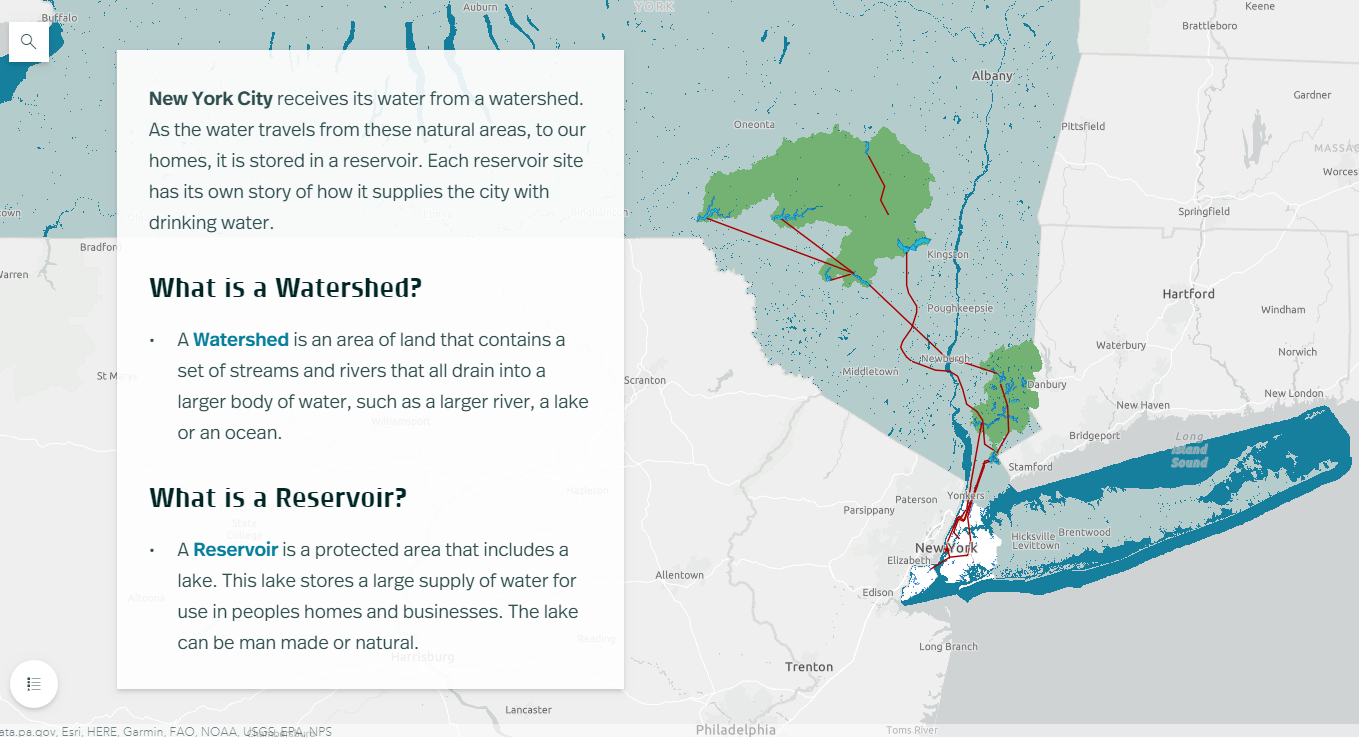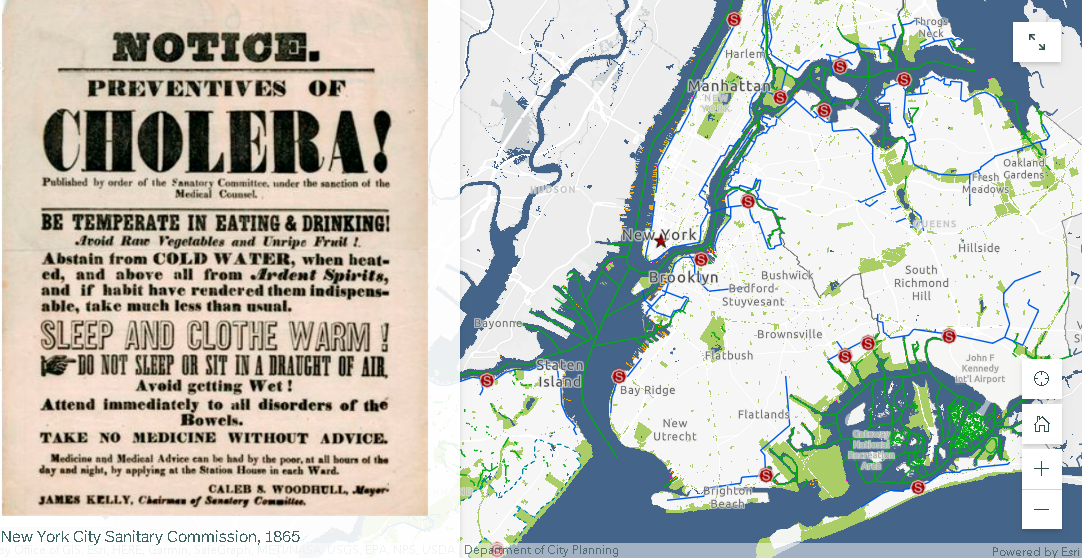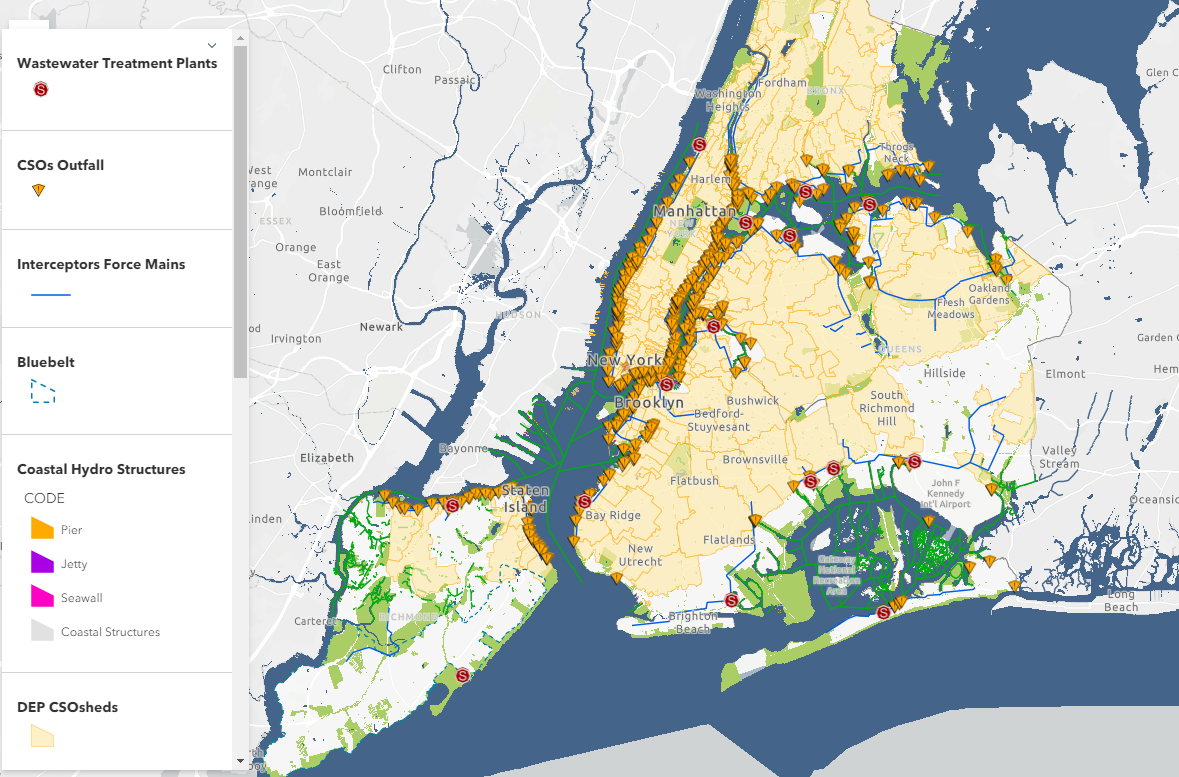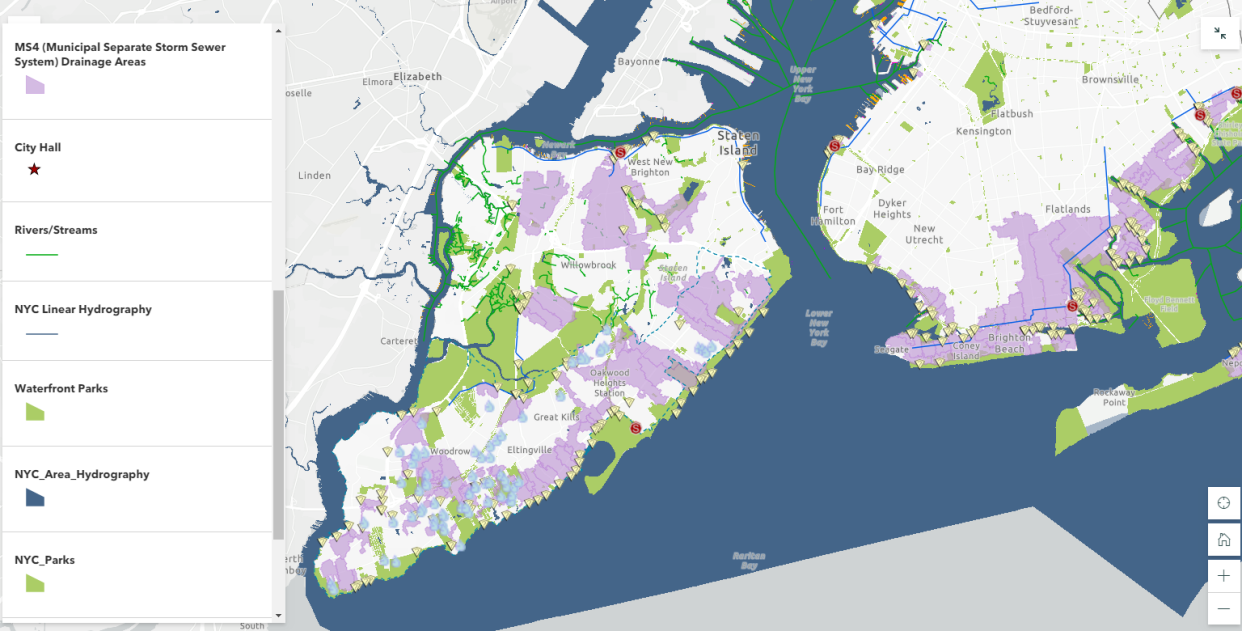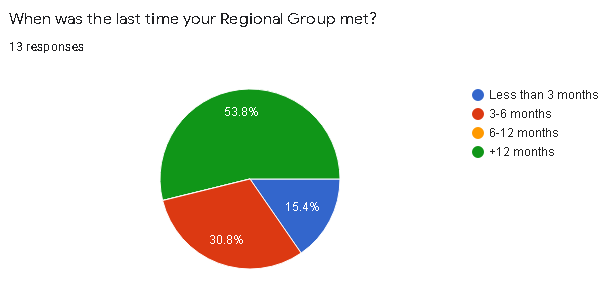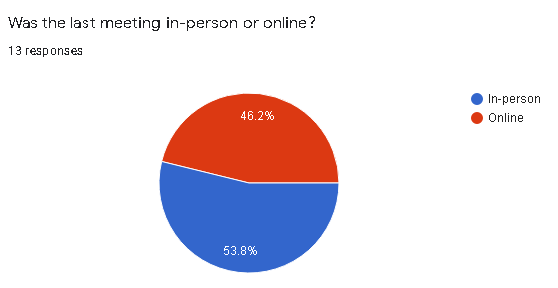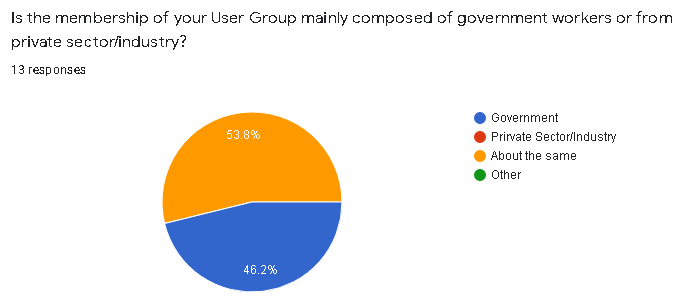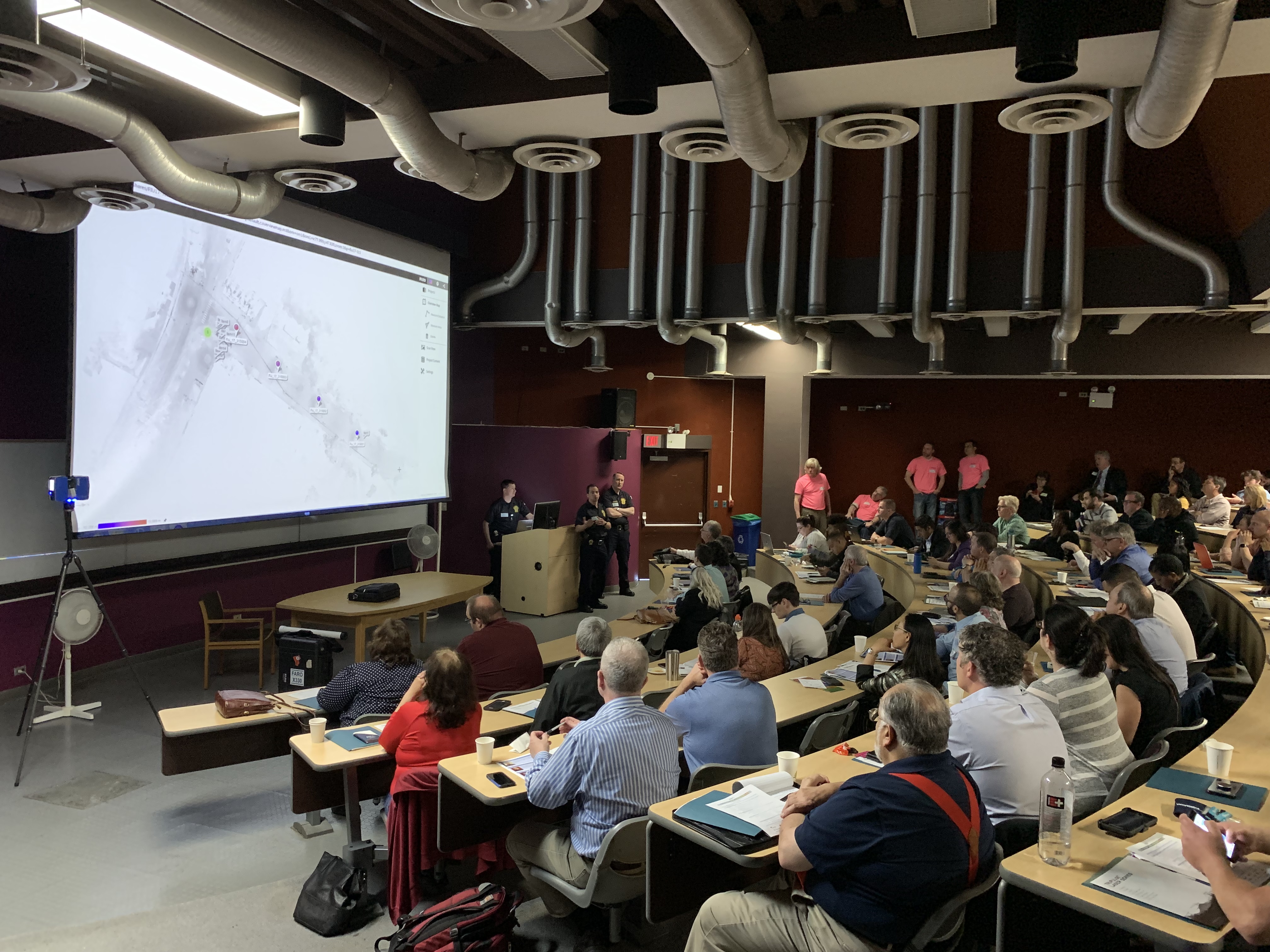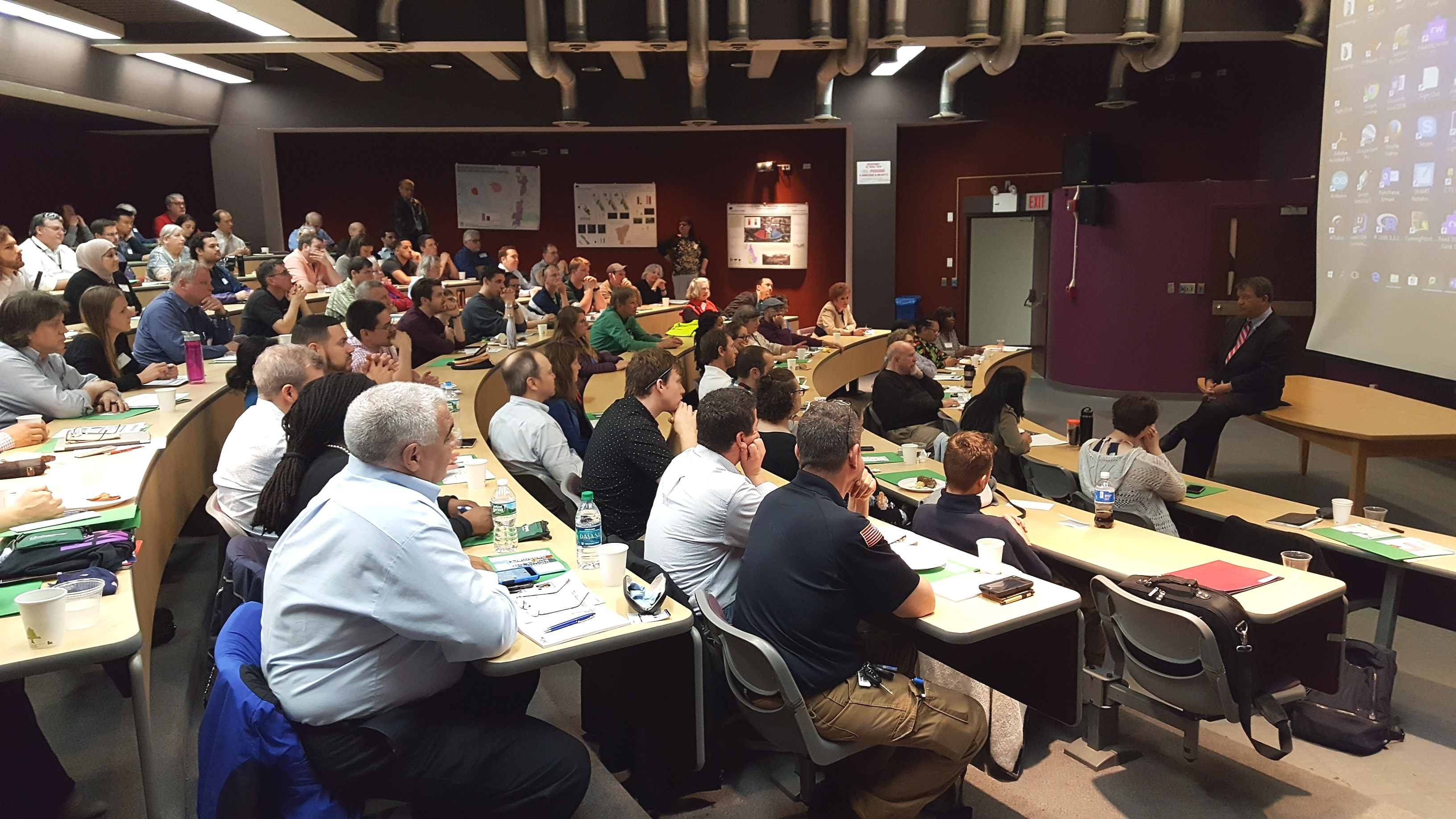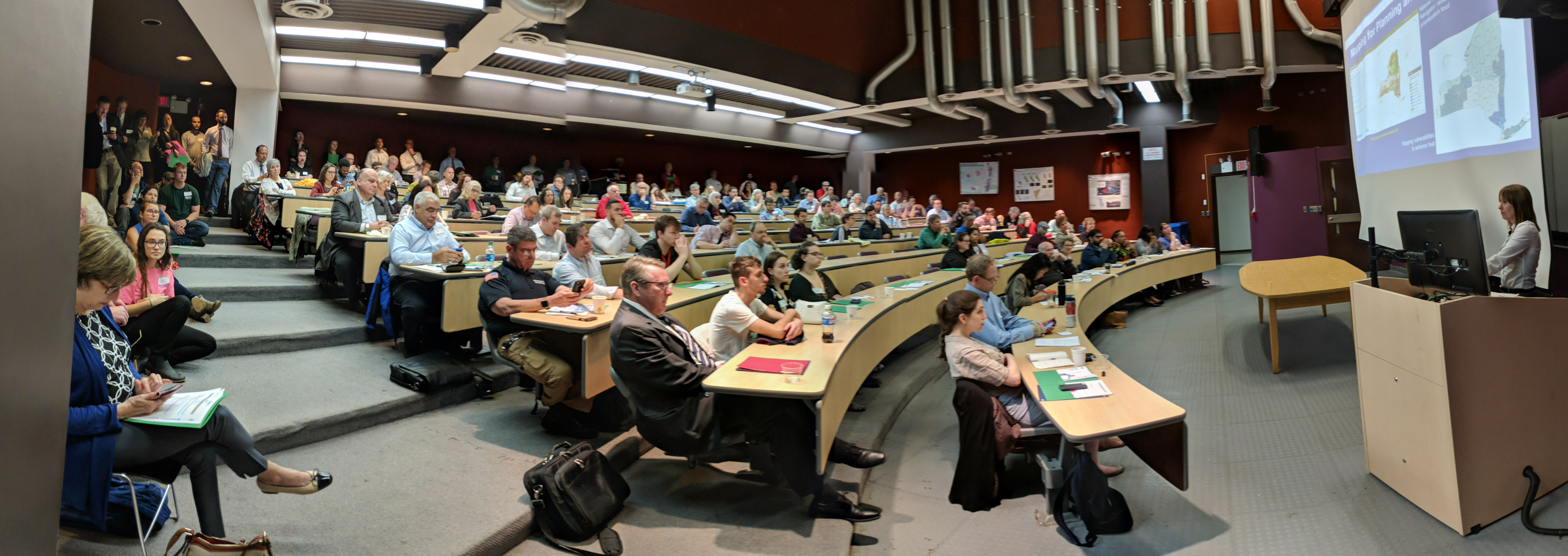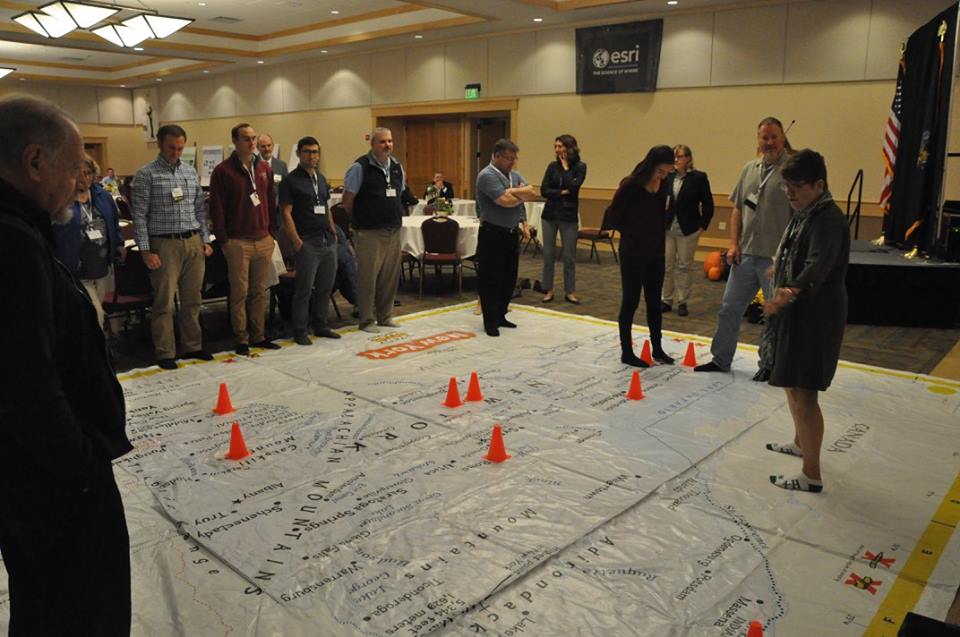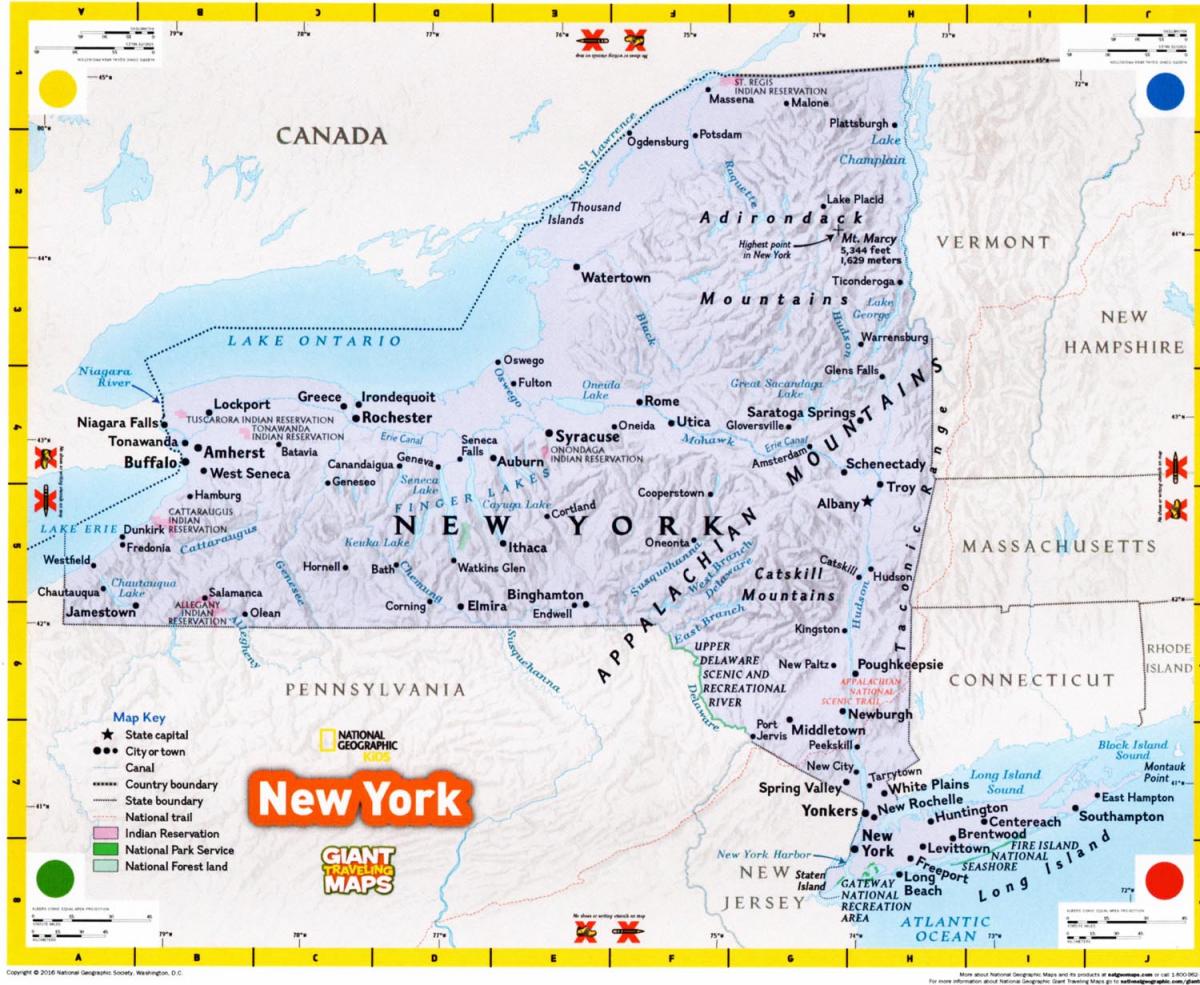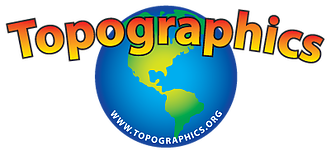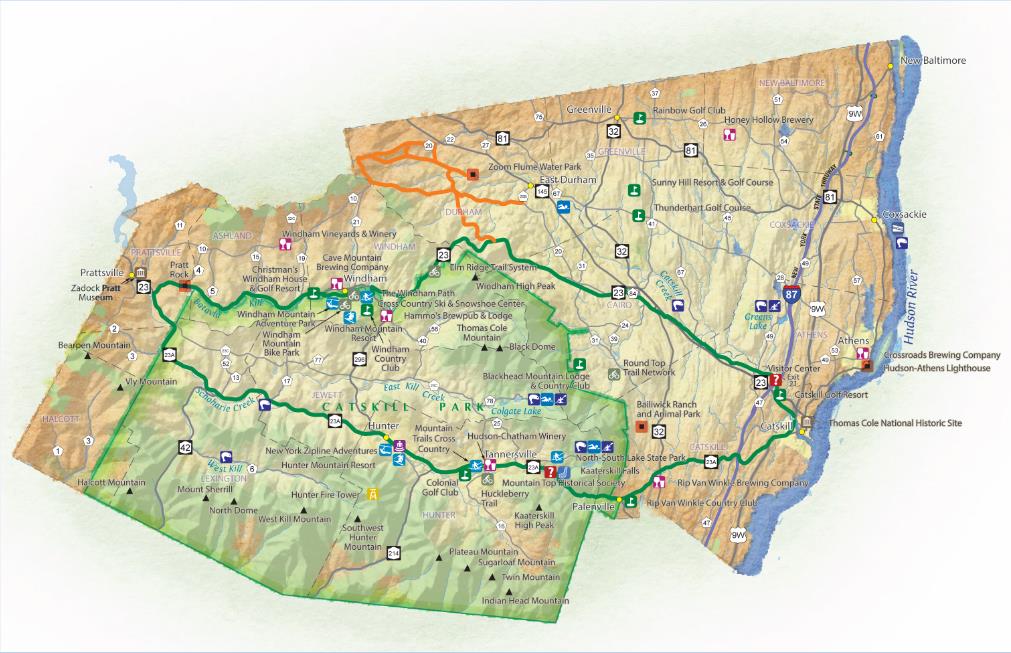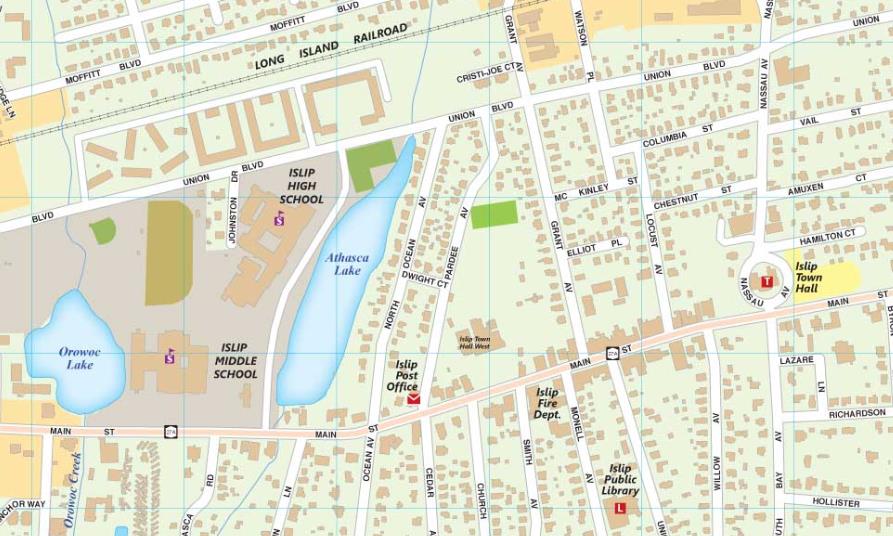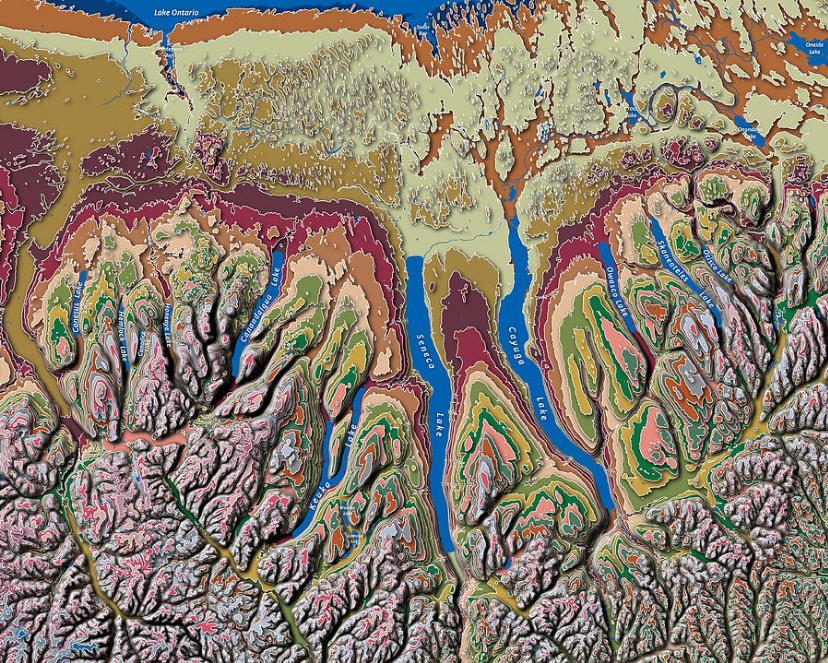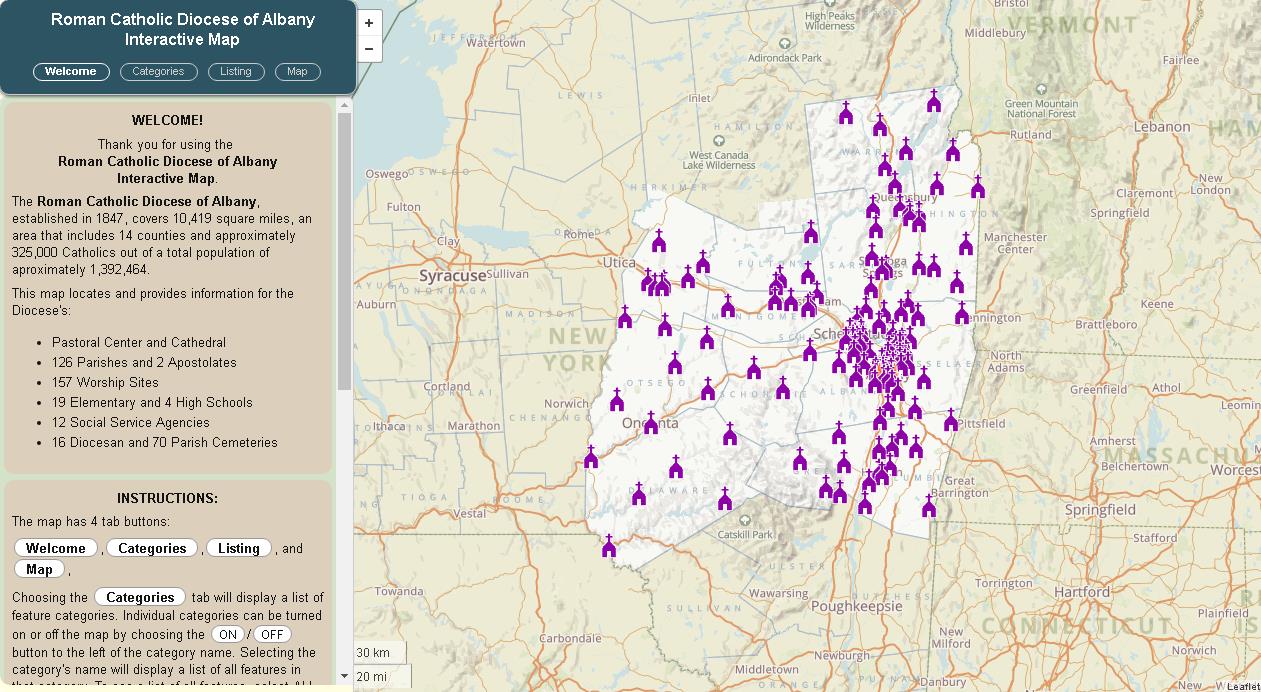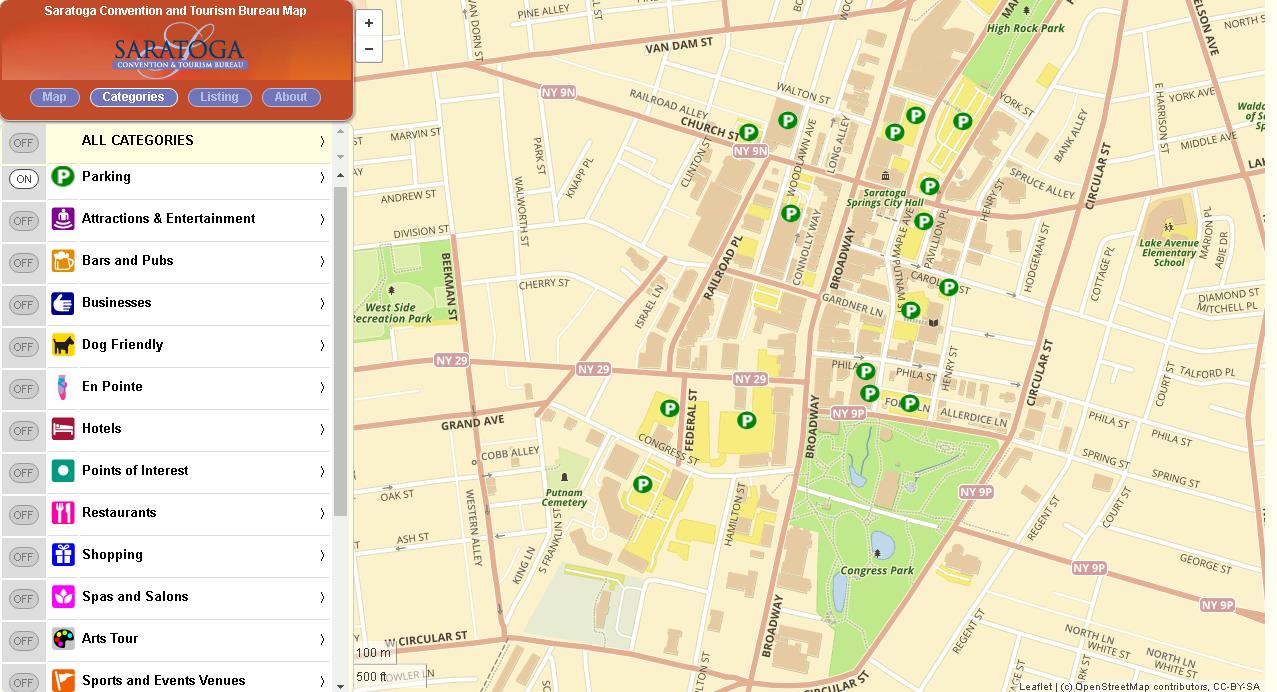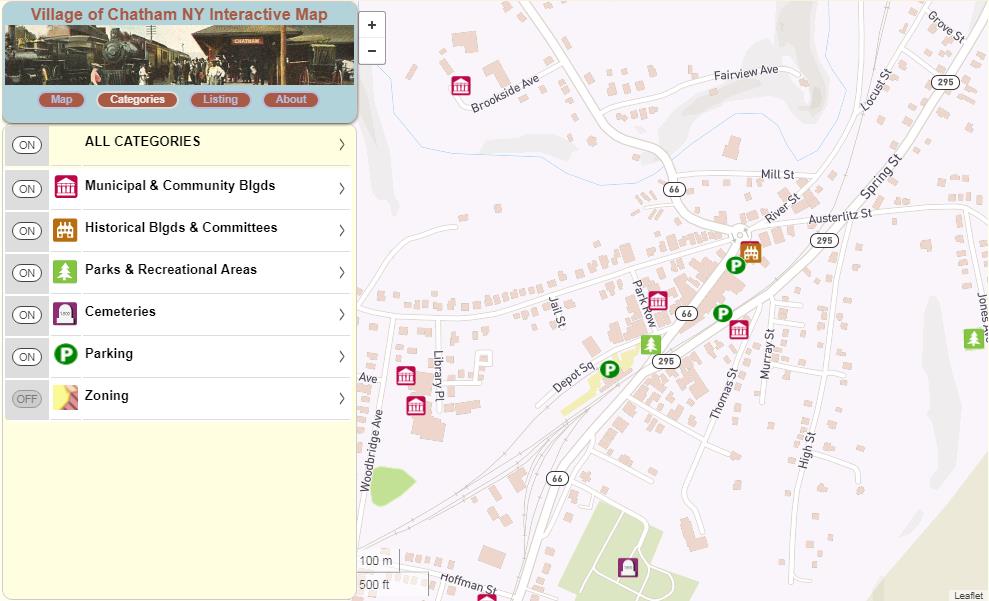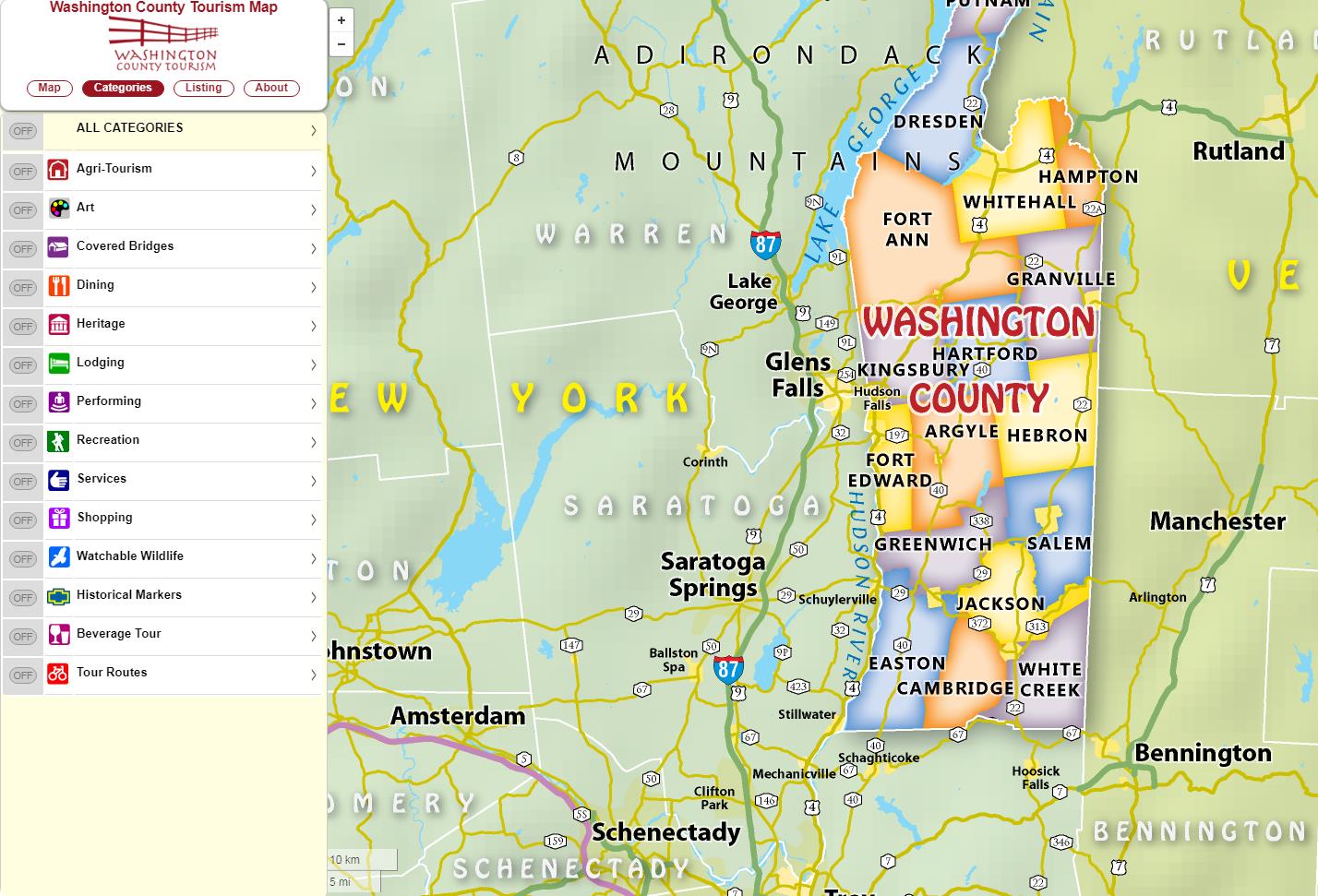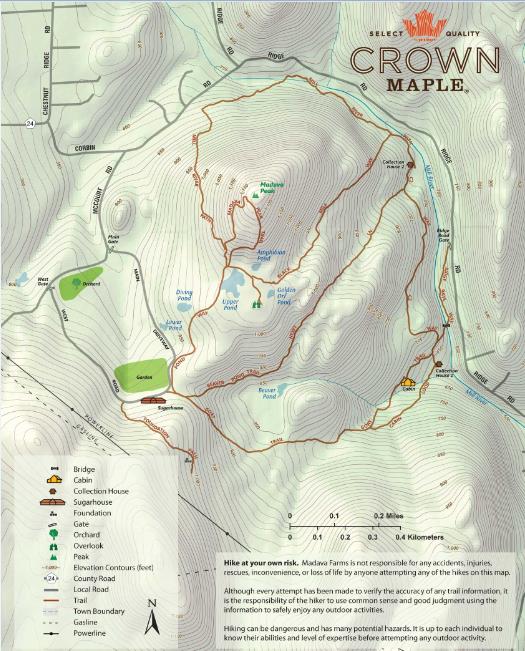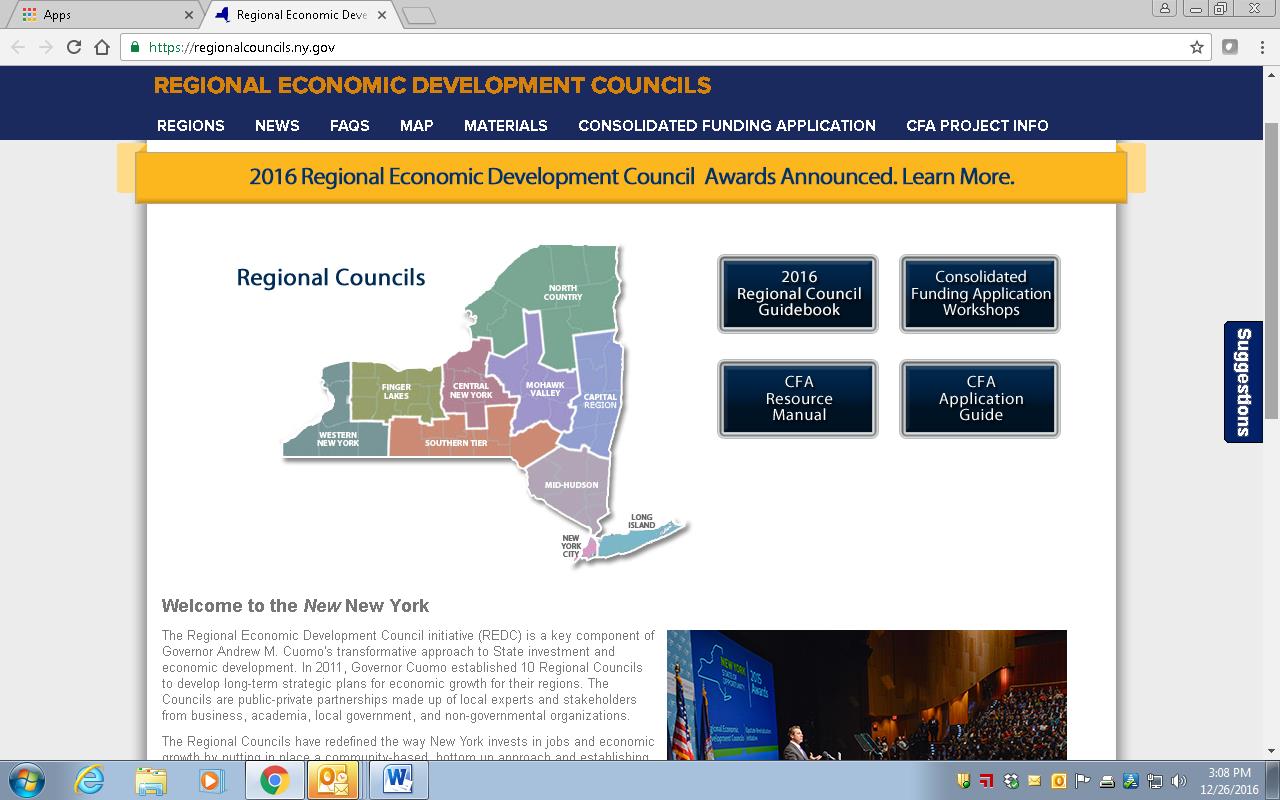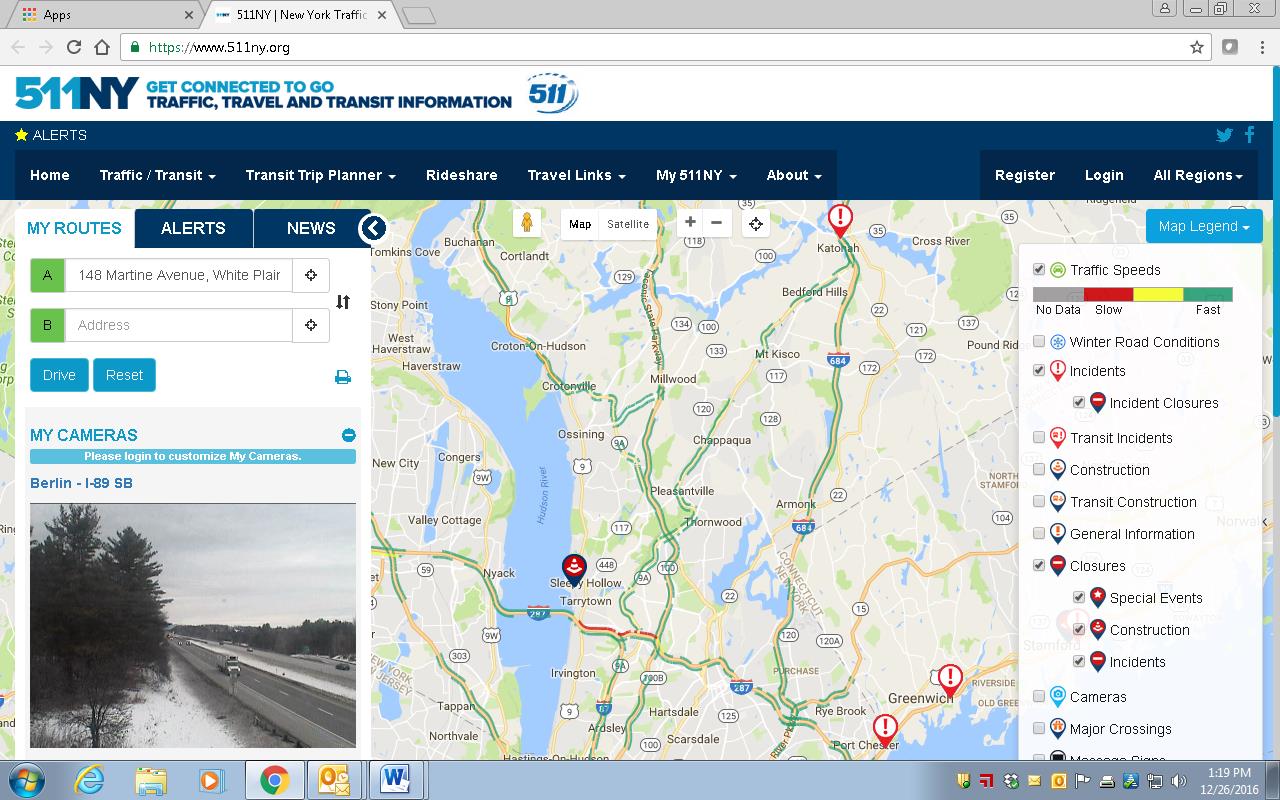Transformation geospatial technology is emerging as a “must have” in government GIS programs
Last month Governor Kathy Hochul announced the completion of the Skydome facility at the Griffiss Business and Technology Park in Rome, Oneida County. Located in a former airplane hangar, the indoor facility is the largest indoor drone test facility in the nation and a major investment in New York’s Unmanned Aircraft Systems (UAS) Test Site. This investment adds to the already impressive UAS and high-tech ecosystem in the Empire State centered along the Syracuse-Rome corridor. Its no news at this point that UAS are a transformation technology in the GIS and geospatial space with cutting-edge research and development going on right here in our backyard. The Northeast UAS Airspace Integration Research Alliance (NUAIR) website provides a great example of this growing technology space which includes government, industry and academia.

The governor’s announcement made me go back looking for my notes on the Systems and Technologies for Remote Sensing Applications Through Unmanned Aerial Systems (STRATUS) 2022 Conference held May 23-25 at SUNY ESF which I wanted to participate in and attend, but the scheduling didn’t work out. The 2022 show was the fifth STATUS conference which brought together more than 100 professionals from across the United States and Canada. New York’s geospatial community, including those from a host of academic institutions and local and state governments, was well represented in the nine technical sessions which included both oral and poster presentations covering topics including mapping and surveying, agriculture and forestry, flood and water quality monitoring efforts, hardware and software, and flights and operations. Great homegrown UAS research work coming out of Cornell, Rochester Institute of Technology, SUNY Binghamton, Hobart and William Smith College, and SUNY ESF. One of the keynote speakers was Ken Stewart, Chief Executive Officer of NUAIR who I interviewed as part of a 10 Questions column last fall. The STRATUS 2022 program guide, including abstracts and presentations can be found here.
And for those coming out of college or those looking for a mid-career change – its a great job market. If not a great job skill to augment any current geospatial position. Commerical UAV News reports the top five drone pilot industry markets (in order) include: mapping and modeling, thermal imaging, real estate photography and videography, inspections, and movies and television. Another publication predicts that by the year 2025, at least 100,000 jobs will be created for drone pilots. (btw – while putting together this article, came across an update on New York State drone laws and regulations as of July 21, 2022).
Seemingly now present in every significant geospatial data collection effort at all levels of accuracy and need, drone usage will grow exponentially throughout government in the years ahead. As governments continue to remain concerned over drone liability, privacy, and cybersecurity issues, industry and consulting firms will continue to provide the bulk of drone and UAS operations. This may change slowly over time, but the near future work will be supported largely by the non-government workforce. One exception to this will be in the public safety arena where government staff will continue to be aggressively trained and licensed internally.
In other areas it will be most likely specific drone consulting firms or engineering companies will step-in and provide drone/UAS services. Many engineering companies have already positioned themselves well in supporting government geospatial projects by building GIS capacity and offering a wide range of services skillsets – both on the desktop and in the field. And drones are a perfect fit as part of their surveying and mapping consulting work particularly for smaller to mid-size governments with limited or no technical staff. These same engineering firms now offering full service GIS programs including the managing of online products such as ArcGIS Online to data warehousing. Particularly advantageous to local governments as datasets get larger and larger as the televising of infrastructure systems (sanitary, storm, potable water, etc), above ground 3D modeling, building information models (BIM), and high resolution imagery continue to be captured and developed in municipal governments. Continued advancements by the major software companies such as ESRI and AutoCAD, and their business partners, on the integration of drone generated data such as lidar only extends the ease of use and accessibility of drone/UAS technology for government organizations.
And with high accuracy mapping and surveying being one of the most common applications of drone/UAS use, particularly in context of the quality of imagery captured and increasingly larger geographic footprints of data being collected, might it lead to the discussion as to how the emerging drone/UAS technology augments larger publicly – funded efforts such as the USGS 3D Elevation Program (3DEP)? While the 3DEP program covers much larger geographic areas and is plane-based, is there a way to add smaller project areas which are drone/UAS based and meeting appropriate federal lidar specifications to public data warehouses and inventories such as the U.S. Federal Mapping Coordination website? Expand the State elevation library to include locally collected data? There is so much elevation data being collected across the state by so many sources.
Summary
Government GIS/geospatial practitioners will do well to follow and participate in technology specific conferences and associations such as those represented at STRATUS 2022. Many of which are becoming more accessible by being available online. Industry specific conferences in engineering, public works, public safety – even agriculture – now serve as an excellent source of specific applied geospatial technology tools. And drone/UAS technology is a common thread among them all.
Coming to a geospatial application close to you soon.

